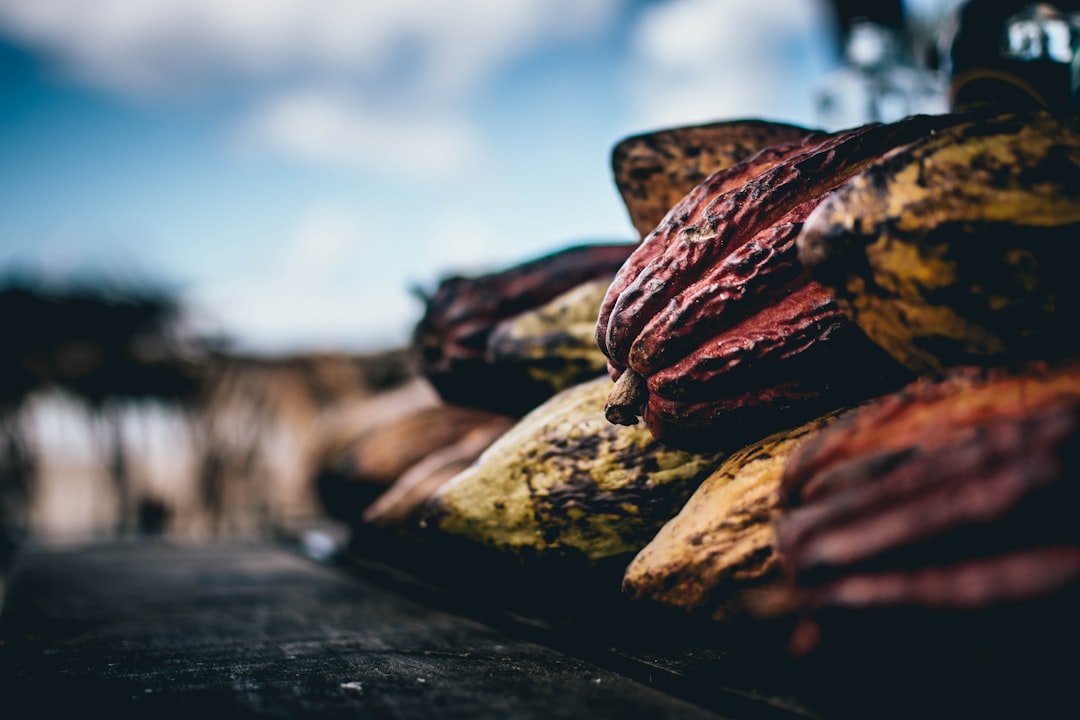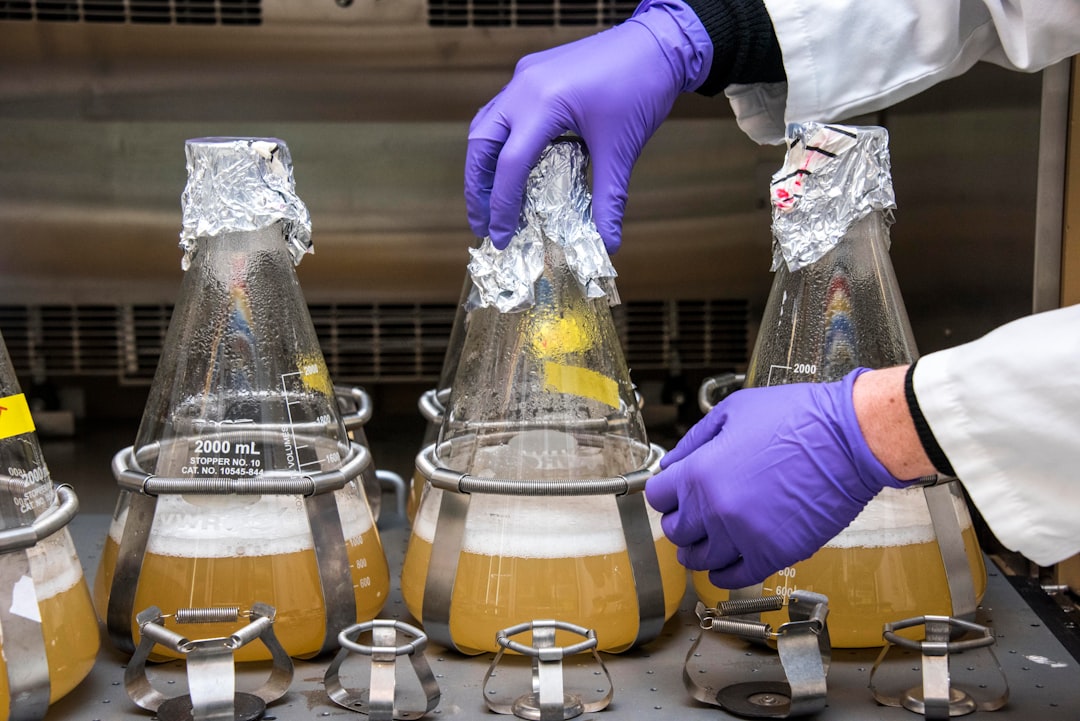What is it about?
Cocoa (Theobroma cacao L.) is produced in systems of varying complexity ranging from monoculture with temporary shade to highly diverse agroforests. Producers have to weigh high cocoa yields in the short- to medium-term in monocultures against higher total system yields in the short-term and sustainable production systems in the long-term in conjunction with ecosystem services in agroforestry systems. More long-term data on the comparative agronomic, economic and ecological performance of differently managed cocoa production systems is required to make sound recommendations to farmers. This paper describes the only long-term field trial worldwide comparing different cocoa production systems under conventional and organic management. The factors (i) Crop diversity (monoculture vs. agroforestry), (ii) Management practice (conventional vs. organic) and (iii) Cultivar are being tested in a full-factorial, randomized complete block design with four replications. First results showed significantly faster development of trunk circumferences in monocultures (+21%) compared to agroforestry systems. Cocoa yields were 47% lower in the organic compared to the conventional monoculture. In the agroforestry systems, however, the organic - conventional yield gap was less pronounced (-16%) and statistically insignificant. The cumulative yields of all products harvested were significantly higher in the agroforestry systems (+161%) compared to the monocultures. The productivity of cocoa by-crops in agroforestry systems may contribute to local food security and risk distribution in smallholder contexts.
Featured Image
Read the Original
This page is a summary of: COCOA AND TOTAL SYSTEM YIELDS OF ORGANIC AND CONVENTIONAL AGROFORESTRY VS. MONOCULTURE SYSTEMS IN A LONG-TERM FIELD TRIAL IN BOLIVIA, Experimental Agriculture, August 2016, Cambridge University Press,
DOI: 10.1017/s0014479716000417.
You can read the full text:
Contributors
The following have contributed to this page










